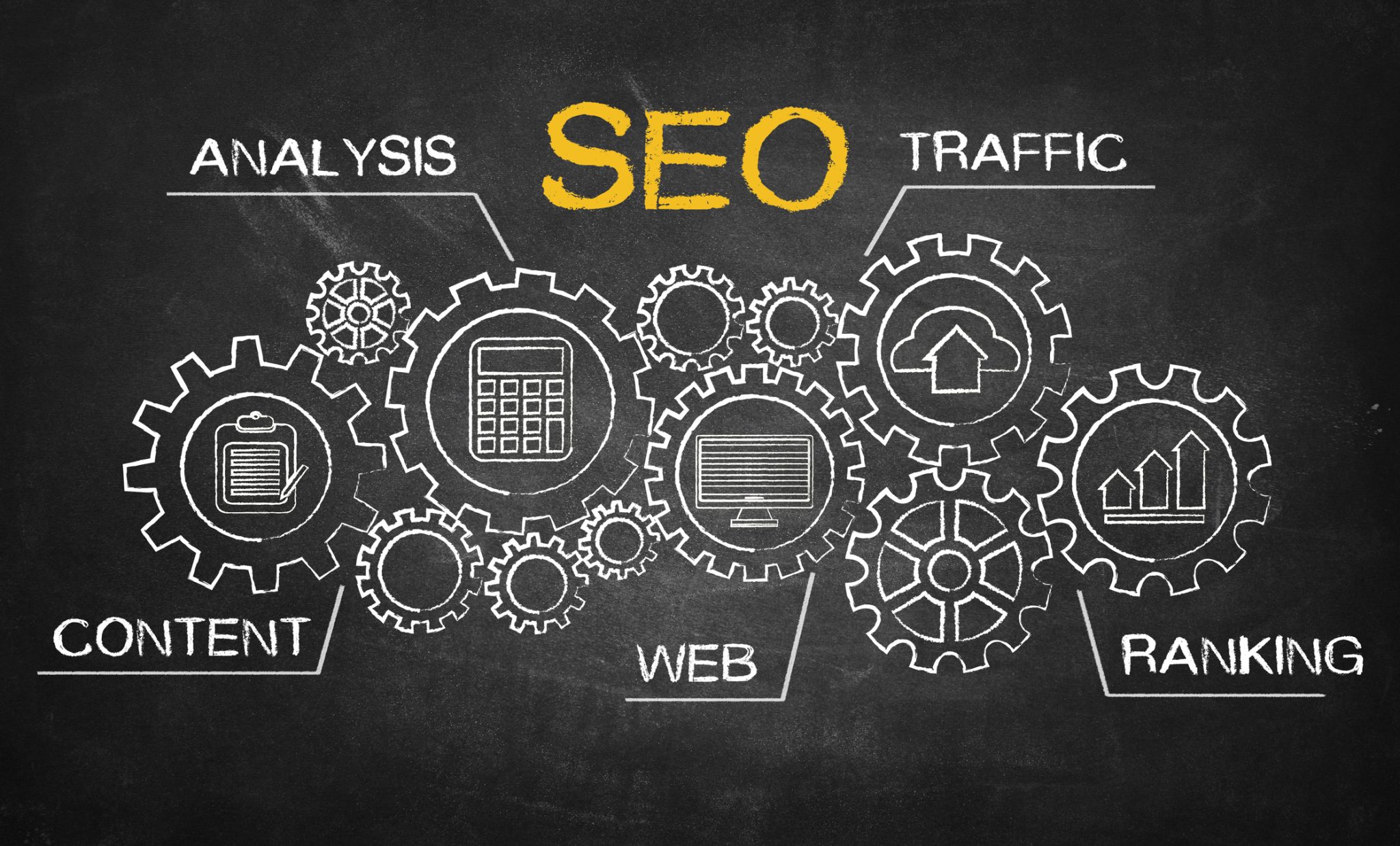
For many small businesses, the website is the first interaction with potential customers. Yet too often, design and optimization are treated separately, leading to missed opportunities. A site should both look credible and perform well in search results. Let’s explore the key areas that help small enterprises maximize results with SEO-friendly web design.
Research Before Starting a Project
Small enterprises must first identify how their customers search online. Researching keywords, competitor strategies, and common search behavior helps shape design decisions from the outset. This is where the connection between website design and seo becomes clear, as layout and structure can be guided by actual data. A strong foundation ensures the site reflects real demand instead of assumptions.
Research should also cover user expectations. Do customers value quick access to menus, price lists, or booking tools? Understanding these priorities ensures the site provides answers within a few clicks. A small business that invests time in research avoids costly redesigns later.
Focus Areas That Drive Results
With limited resources, small firms need to prioritize areas that matter most. Mobile responsiveness, fast load times, and clear page structures should be at the top of the list. These elements directly influence both visitor experience and search ranking. A polished design without these essentials risks poor results.
Practical Focus Points
- Mobile-first frameworks for consistent layouts.
- Compressed images and caching for faster load times.
- Clear navigation menus with descriptive labels.
- Structured content using headers and internal links.
These choices create a technical framework that supports both visibility and usability. When small enterprises focus on these essentials, they see measurable improvements in traffic and engagement.
Role of Professional Support
While many small firms attempt a do-it-yourself approach, professionals bring skills that accelerate success. Developers understand how to implement schema markup, clean code, and structured data that boost ranking potential. Designers align visual elements with optimization needs, ensuring no feature slows down the site. Professionals also track analytics to refine the site over time.
For example, a local service provider may not know how to set up local SEO signals, such as Business profile integration or schema for service areas. Professionals add these details seamlessly. Their expertise saves time and avoids common mistakes that small teams may overlook. This makes expert input less of a cost and more of a strategic investment.
Measure Return on Investment
For small enterprises with tight budgets, ROI is the most important measure of success. An SEO-friendly design generates consistent organic traffic, which reduces reliance on paid ads. Better visibility leads to higher inquiries, sales, or bookings, directly affecting revenue. Each design and optimization choice can be linked to measurable outcomes.
Investments in professional design and optimization often pay for themselves within months. A restaurant that ranks locally for “best lunch near me” gains steady walk-in traffic without ongoing ad spend. An online retailer with faster load times can reduce cart abandonment. By tying results to goals, small enterprises see clear financial value from their web projects.
Improve Growth Through Smart Design
The true benefit of SEO-friendly design is sustainability. Optimized design choices continue to deliver traffic long after launch. A well-structured site improves authority over time, which strengthens future ranking potential. This steady growth is particularly valuable for small firms with limited marketing budgets.
Professionals who combine design and optimization set the stage for long-term success. They ensure every feature, from visuals to metadata, contributes to both engagement and visibility. Using website design and seo as a foundation allows small enterprises to compete on more equal ground. In the end, a site built with both performance and strategy in mind becomes a lasting business asset.
